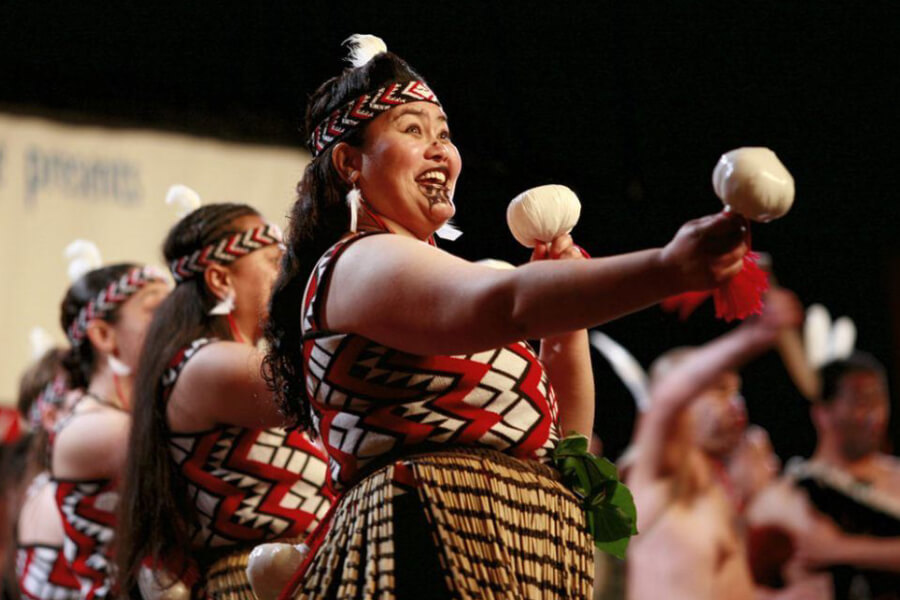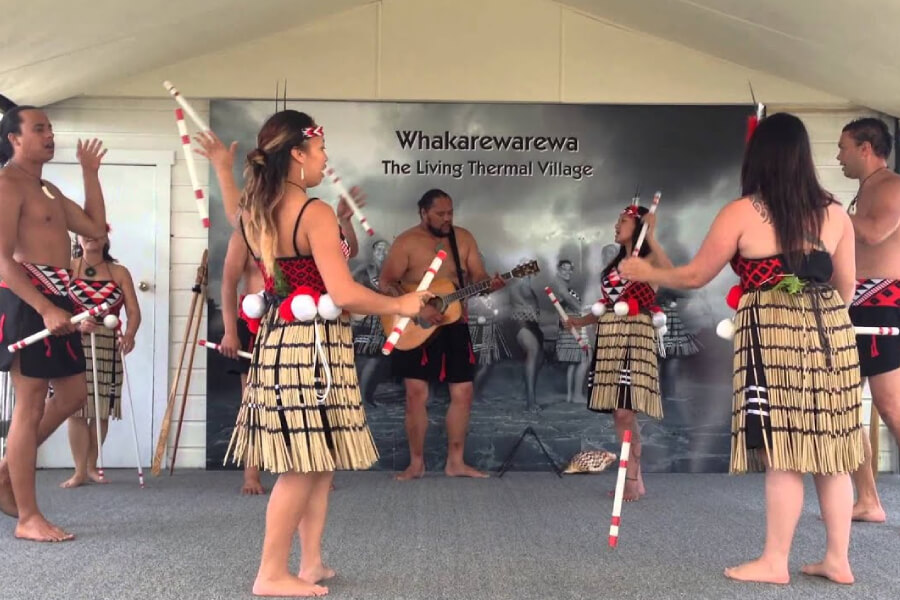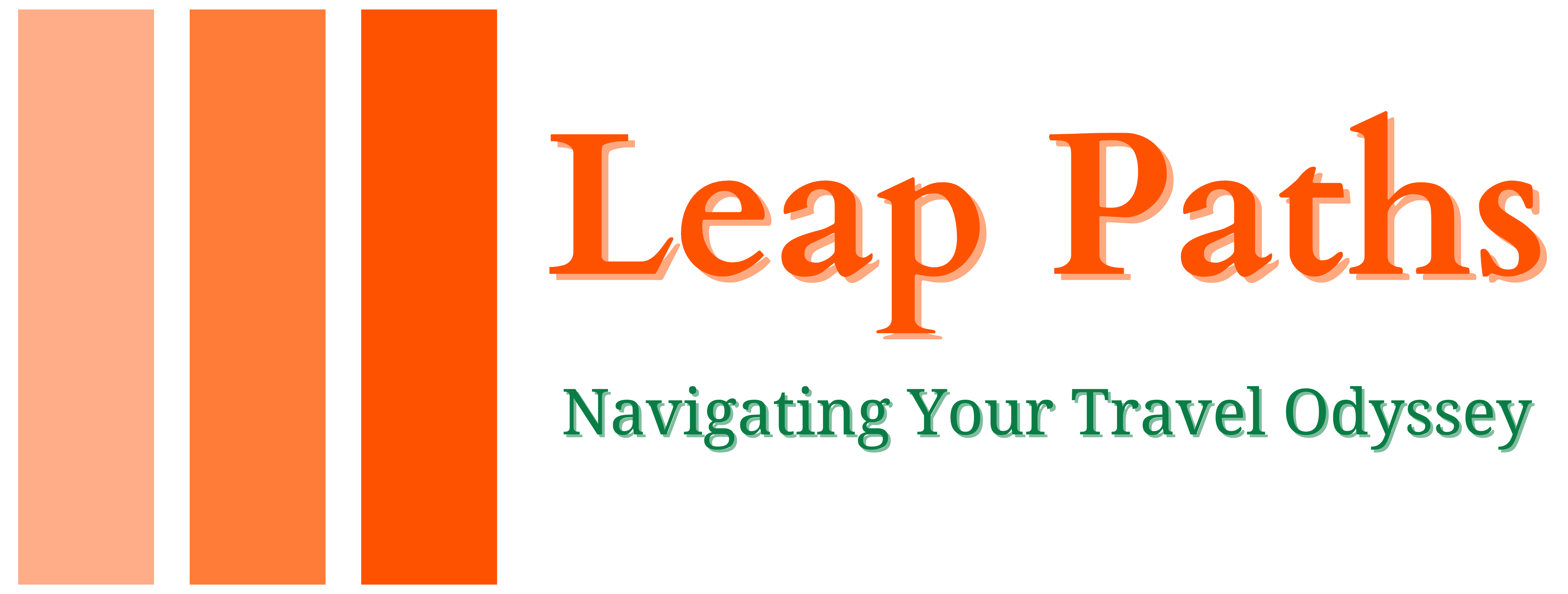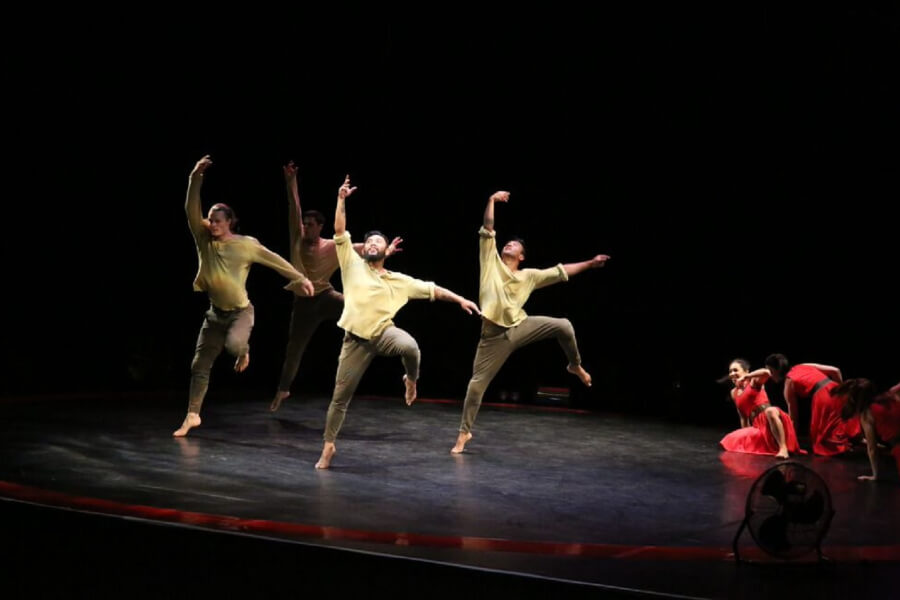New Zealand is a land of rich cultural diversity, and one of the most captivating aspects of this culture is its traditional and Aboriginal dances. These dances are not just forms of entertainment but also a way to connect with the country’s history, traditions, and indigenous roots. In this article, we will explore the history, significance, different dance genres, and the importance of these unique dances in New Zealand’s cultural fabric.
History and Significance of Folk Dances in New Zealand

Origins and Development
The origins of traditional dances in New Zealand can be traced back to the indigenous Māori people, who settled in the country over a thousand years ago. These dances were an integral part of their culture, and they used them to tell stories, pass down traditions, and honor their ancestors. Over time, these dances evolved and integrated with other cultural influences, resulting in a unique fusion of traditions that make up the dance culture of New Zealand today.
Cultural and Spiritual Significance
Traditional dances hold a profound cultural and spiritual significance for the people of New Zealand. They are not mere performances but expressions of a deep connection to the land, the sea, and the spirits of their ancestors. These dances play a vital role in ceremonies, rituals, and celebrations, such as welcoming ceremonies, funerals, and other important cultural events. They also serve as a means of connecting with one’s roots and fostering a sense of belonging.
Genres of Folk Dances in New Zealand
Haka – The Icon of New Zealand
![]()
The Haka is perhaps the most iconic of New Zealand’s traditional dances. Made famous worldwide by the All Blacks rugby team, this intense, powerful dance involves rhythmic body movements, vocal chants, and fierce expressions. Originally used as a war dance to intimidate opponents, the Haka is now performed on various occasions to celebrate the country’s identity and to pay tribute to Māori heritage.
Poi – Dance with Swinging Balls

Poi is a graceful and intricate dance that involves swinging weighted balls, usually attached to cords, in circular patterns. The Poi dance is a mesmerizing display of skill and rhythm, often performed by both men and women. It has its roots in the Māori culture, where it was used to tell stories, teach coordination, and maintain physical dexterity. Today, Poi is a cherished part of New Zealand’s dance culture.
Tititorea – Dance with Sticks

Tititorea is a lesser-known but equally captivating traditional dance in New Zealand. It involves a rhythmic dance with sticks, where dancers showcase their agility and timing as they twirl and manipulate the sticks in complex patterns. This dance, like others, has evolved over time and holds significance in preserving cultural heritage.
Performance of Folk Dances in New Zealand
The Powerful Execution of Haka
To execute the Haka with precision and power requires intense physical and emotional dedication. Dancers must synchronize their movements and shouts to create an awe-inspiring performance. The Haka is often performed at sports events, cultural festivals, and other significant gatherings, leaving a lasting impact on those who witness it.
Unique Techniques in Performing Poi
Poi dancers master the art of coordination, rhythm, and balance as they swing the Poi balls in mesmerizing patterns. This dance form demands great skill and practice to create a visually stunning and culturally meaningful performance.
Flexibility in Tititorea Performance
Tititorea dancers demonstrate their agility and precision as they manipulate sticks in intricate patterns. The dancer’s flexibility allows for creative expressions while staying true to its traditional roots, making it an engaging and culturally enriching performance.
The Importance and Survival of Folk Dances in New Zealand
Heritage and Preservation of Folk Dances
Preserving these traditional dances is essential for maintaining New Zealand’s rich cultural heritage. Various organizations and individuals work tirelessly to document, teach, and pass down these dances to younger generations, ensuring their legacy lives on.
Community Engagement and Traditions
Traditional dances in New Zealand continue to be an integral part of community life. They foster a sense of togetherness, providing opportunities for people of all backgrounds to come together and celebrate the country’s diverse cultural heritage. These dances also play a crucial role in promoting cultural understanding and appreciation.
New Zealand’s traditional and Aboriginal dances are not only captivating to watch but also hold deep cultural and spiritual significance. They serve as a link to the past, a celebration of cultural diversity, and a source of unity for the people of this beautiful land. As these dances continue to thrive and evolve, they remind us of the importance of preserving and celebrating our cultural roots, no matter where we call home.

